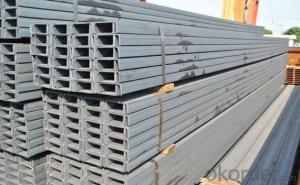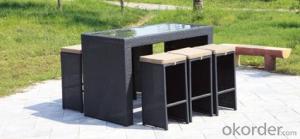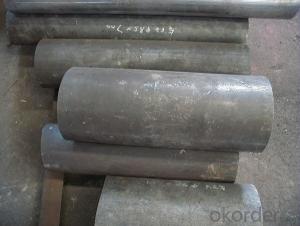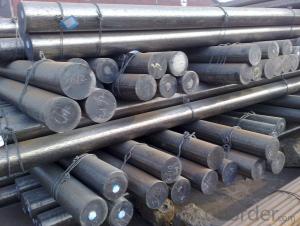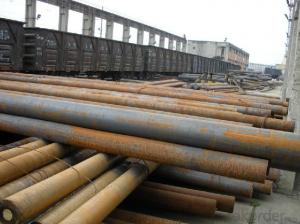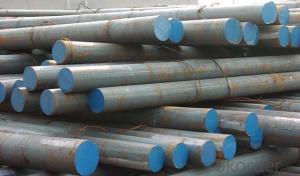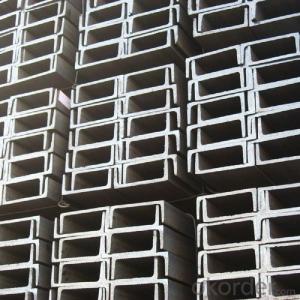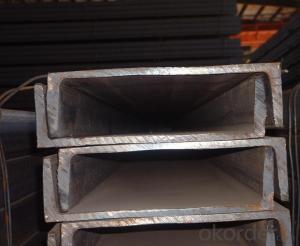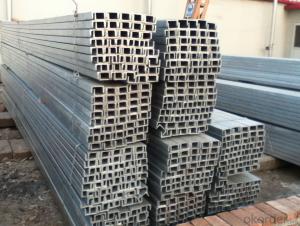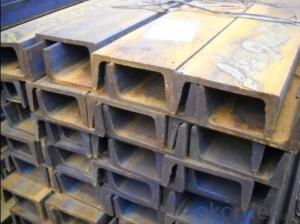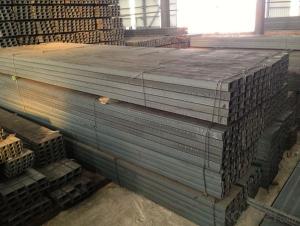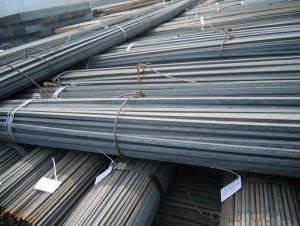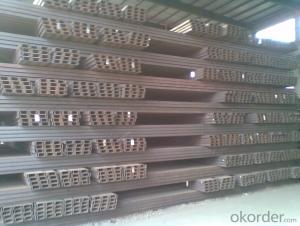Steel U Bar
Steel U Bar Related Searches
H S Code For Stainless Steel Surface Grinding Wheels For Hardened Steel Hole Saw For Stainless Steel Step Bit For Stainless Steel Transformers For Lights In Ceiling Led Lamps For Ceiling Stainless Steel Box With Lid Stainless Steel Bucket With Lid Ceiling Plate For Hanging Light Decorative Lights For CeilingHot Searches
Steel Mesh Panels For Sale Type Of Inverter For Solar Price Of Shipping Containers For Sale Types Of Inverter For Solar Aluminum Bar Stock For Sale Bags Of Cement For Sale Types Of Temporary Side Panels For Cement Deck Cost Of Awnings For Decks Type Of Scaffolding With Pdf Price Of Scrap Stainless Steel Price Of Stainless Steel Scrap Price Of Stainless Steel Galvanized Steel Scrap Price Type Of Stainless Steel Types Of Stainless Steel Grades Types Of Stainless Steel Aluminum Corp Of China Stock Types Of Scaffolding In Construction Pdf Stainless Steel Factory Stainless Steel TypeSteel U Bar Supplier & Manufacturer from China
Okorder.com is a professional Steel U Bar supplier & manufacturer, offers integrated one-stop services including real-time quoting and online cargo tracking. We are funded by CNBM Group, a Fortune 500 enterprise and the largest Steel U Bar firm in China.Hot Products
FAQ
- One advantage of using steel channels over other materials is their strength and durability. Steel channels have a high tensile strength, allowing them to withstand heavy loads and resist bending or warping. Additionally, steel is highly resistant to corrosion, making it suitable for outdoor applications or in environments with high moisture levels. Another advantage is the versatility of steel channels, as they can be easily fabricated and shaped to meet specific design requirements. Furthermore, steel is a sustainable material that can be recycled, reducing the environmental impact.
- There are several types of steel channel connections that can be used for floor framing. 1. Welded Connections: This is the most common type of connection used in steel channel floor framing. The channels are welded together at the joints, providing a strong and durable connection. Welded connections are typically used when the channels need to withstand heavy loads or high levels of vibration. 2. Bolted Connections: Bolted connections involve using bolts to connect the channels together. This type of connection allows for easy disassembly and reassembly, making it suitable for situations where the floor framing may need to be modified or relocated. Bolted connections are also less expensive than welded connections and can be used for lighter loads. 3. Riveted Connections: Riveted connections involve using rivets to connect the channels. This type of connection is similar to bolted connections but uses rivets instead of bolts. Riveted connections provide a strong and secure connection and are commonly used in situations where a more traditional or aesthetic look is desired. 4. Clip Connections: Clip connections involve using clips or brackets to hold the channels together. This type of connection is quick and easy to install and does not require any welding or drilling. Clip connections are often used in situations where the floor framing needs to be assembled quickly or where disassembly may be required in the future. 5. Moment Connections: Moment connections are used when the channels need to resist bending moments or torsion. These connections provide a rigid connection between the channels, allowing them to transfer loads more effectively. Moment connections are typically more complex and require careful design and installation. Overall, the choice of steel channel connection for floor framing will depend on factors such as the load requirements, project specifications, and budget. It is important to consult with a structural engineer or professional to determine the most appropriate type of connection for your specific application.
- Yes, steel channels can be used in seismic applications. Steel channels are often used to provide structural support and stability in buildings and structures during seismic events. They are designed to withstand the forces generated by earthquakes and can help to distribute and dissipate the energy that is produced. Additionally, steel channels offer high strength and ductility, making them suitable for seismic applications where flexibility and resilience are required.
- [20a what is the surface area of the channel steel? I think it should be used as a fireproof paint
- 20A channel steel is 200mm in height and 73mm in width.Area = length * (200*2+73*4)
- Indeed, framing systems can incorporate steel channels. Steel channels, also referred to as C-channels or U-channels, are frequently employed in construction and framing endeavors. Their versatility lies in their ability to offer structural support and stability to the framing system. In both residential and commercial buildings, steel channels are commonly utilized as studs, joists, and beams. Their remarkable load-bearing capacity enables them to endure substantial loads and forces. Furthermore, steel channels possess durability, fire resistance, and resistance to rot, pests, and decay, rendering them a trustworthy option for framing systems.
- Can the bypass of the overhanging layer on the site be made of channel steel? How can I put the channel steel, if possible?
- Reinforcement measures shall be taken if the floor thickness is less than 120mm. 6.10.9 the cantilever beam spacing shall be set by the vertical distance of the vertical pole of the cantilever frame, and each vertical distance shall be provided with one root. 6.10.10 the outer bracing of the cantilever shall be set up from bottom to top. The scissors support shall comply with the provisions of articles 6.6.2 and 6.6.5 of this code.
- Yes, steel channels are suitable for agricultural applications. Steel channels are versatile and have a wide range of uses in various industries, including agriculture. They are commonly used in the construction of agricultural buildings, machinery, and equipment. Steel channels provide strength and durability, making them ideal for withstanding the harsh conditions often found in agricultural settings. They can be used as support beams, framing, or bracing in structures such as barns, silos, and greenhouses. Additionally, steel channels are resistant to corrosion, which is important in agricultural applications where exposure to moisture, chemicals, and fertilizers is common. Overall, steel channels offer the necessary strength, durability, and resistance to environmental factors required for agricultural applications.
- Steel channels can be fabricated using several common processes, including rolling, cutting, welding, and forming. Rolling is a primary method, where steel plates pass through rollers to shape them into desired channel profiles. This is often used for creating standard-sized channels with consistent dimensions. Cutting is also crucial, involving the slicing of steel plates or sections into required lengths. Various methods like shearing, sawing, or plasma cutting can be employed. Welding is utilized for joining different sections of steel channels, allowing for complex shapes or connections to other structural components. It involves heating the edges of the steel sections and fusing them together using techniques like arc or gas welding. Forming is a process that shapes steel channels into specific designs or configurations. This can be achieved through bending, rolling, or stamping. Bending is commonly used to create angles or curves, while rolling can produce tapered or custom-shaped channels. Stamping is often used to add features or patterns to the channel surface. In conclusion, these fabrication processes enable the production of a wide variety of sizes, shapes, and configurations for steel channels. As a result, they are versatile components widely used in industries such as construction, manufacturing, and infrastructure.
















